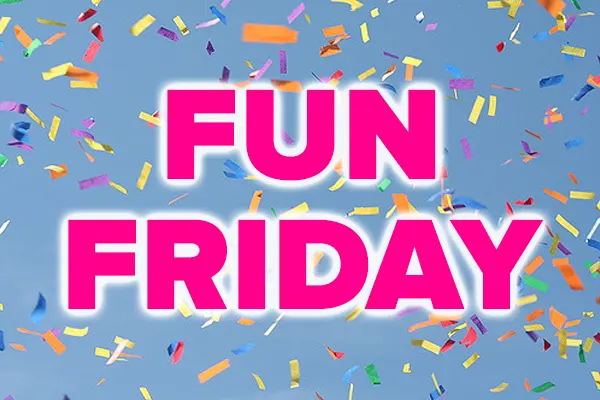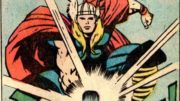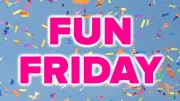If you’re just settling into adulthood today in your late-20s, chances are that the first computer you touched ran Windows 98. The Windows 98 operating system, as the name would imply, was released in the summer of 1998. It was marketed as a tweak to the hugely popular Windows95, baking in advanced graphics and internet features that previously required a lot of extra work to use. It was the first Microsoft operating system to support USB at all, and one of the last operating systems from Microsoft to be exclusively marketed to consumers.
Windows 98 officially lived its life as Microsoft’s flagship for two years. It was replaced by Windows Me, or (Windows Millennium Edition, because everyone loved using the word “Millennium” at the time) but there was only one problem. Windows Me didn’t work very well. It was generally less compatible and more buggy than Windows 98. Consumers who could stay on Win98 did so, and so the operating system was the standard-bearer for Microsoft until the fall of 2001 when WindowsXP was released.
Surprisingly, internet sources say that Microsoft continued patching Windows 98 until 2002 for most people but some support continued to exist until 2006. At the time, that kind of longevity was unheard of.
The young people
This article was inspired by this video from about a year ago:
When I watched it, I was expecting another low blow aimed at millennials. You’ve seen these videos where they ask millennials or GenZ to do something like use a rotary phone or play a cassette tape. They’re fun for the older people to watch and they make us feel like we have some sort of secret knowledge. However, most of us are keenly aware that we’re not any better with the culture of 2023 than those youngsters are with the culture of 1993.
I was pleasantly surprised that not only did this crop of late millennials know how to use Windows 98, many of them remembered esoteric bits of the OS fondly. This was the software they learned on as small children, the software their parents watched them use. For some, it was their first opportunity to use the internet at all. Far from becoming frustrated, the younger folks look back at Windows 98 as they would a teddy bear or school project. While I don’t have those same feelings for Windows 98, I understand the concept. Being in a room with a VT100 terminal does much the same for me.
Is it all that different?
WIndows 98 was the first “evolutionary” operating system from Microsoft. Windows 95 was a complete reimagining of the computer experience, and Windows 98 didn’t stray too much from the lessons learned there. Microsoft could have paid attention there. They didn’t. Windows XP was a giant jump from Windows 98, and customers embraced it. But it was the last time Microsoft got to make a huge leap with customer approval. Practically every Windows version since has met with a lot of resistance when making even the smallest change. Big changes like the move to Windows 8 nearly sank the company and they were forced to backtrack quickly with Windows 8.1.
But I digress. Going back to Windows 98, you’ll find a lot of familiar bits. They all seem embryonic, not fully formed. But you have a start menu, you have basic apps, and you have the kind of diagnostics you’ll need for when things get flaky. You even have support for audio, video, and graphics. You have silly tweaks like animated screen savers. It’s all there.
On the other hand, you also have a bunch of weird features that either no one used at the time or just didn’t work. Microsoft introduced “My Briefcase.” It was Microsoft’s attempt to have things sync to the cloud. Except, of course, there was no cloud. You put things in “My Briefcase” and told it that a floppy disk was your briefcase. Whenever you inserted that floppy disk, all the stuff would sync back and forth. There were two problems here. First of all it didn’t really work. Second, no one really understood why you’d use it.
Windows 98 included better support for local networking as well as internet. Again this worked great if you knew how to use it. No one seemed to know how to use it very well. It wasn’t much of a problem since no one had wired Ethernet at home anyway. Wi-Fi hadn’t even been invented at this point.
Did I love Windows 98 like these youngsters?
Despite it being a home operating system, I used Windows 98 at work. I used it at the first place where I was sort of a network administrator. It wasn’t the first OS I used to get on the internet. But, it was the first time that I managed other people getting on the internet. They all used Windows 98 and I trained them on how to do it.
In the late 1990s Microsoft had an unbroken string of wins. It was a foregone conclusion that you’d like what they did next. Sadly, the streak ended with a series of awful products like WIndows Me and Microsoft Bob. (Don’t know what Microsoft Bob is? Search for it. You’ll groan.) By the turn of the century, Microsoft still ruled the roost. They wouldn’t rule it for much longer, though. In the space of one decade, we made a massive change. In 2000, we used our computers in one room in the house. By 2010, we carried them with us in our pockets.
Microsoft completely failed to capitalize on the move from PCs to mobile. They tried, but their Windows Mobile OS was confusing and boring compared to iOS and Android. It failed quickly, and failed hard.
Young folks look back fondly on Windows 98.
I have a feeling a lot of Microsoft execs do too. It marked the last time users unconditionally loved Microsoft. Seems to me the company would do anything to get that sentiment back.




